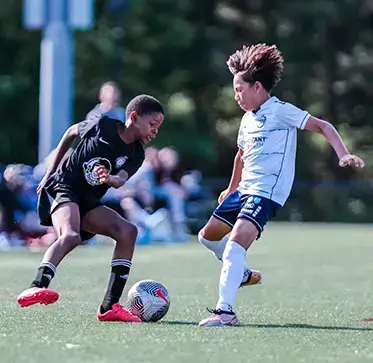CRFC BLOGS
LATEST BLOGS & NEWSLETTERS
I Am an ECNL Player! But Are You Really?
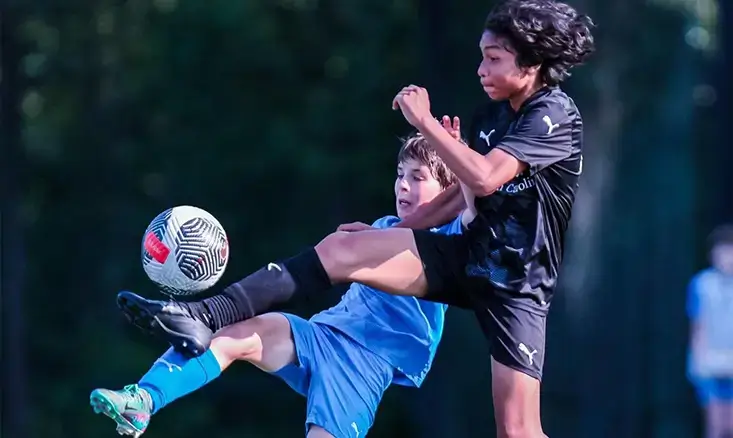
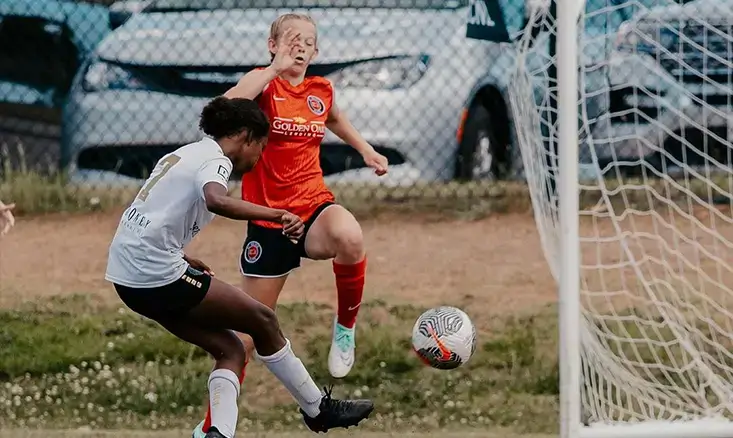
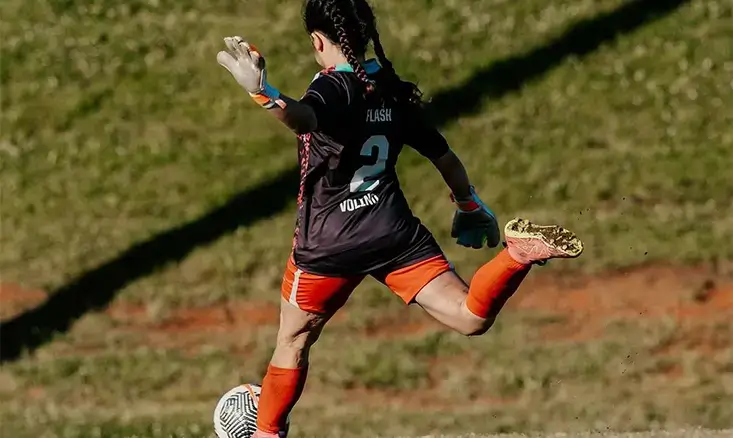
The key, then, is not just to be on an ECNL team, but to play — and play often. The true development of a player’s speed, skill, and decision-making ability comes from regular playtime. Superstars in soccer are almost invariably those who have had ample time on the field to hone their skills. For the majority, who might not stand out immediately, having a plan is essential.
Young players should focus on playing early and often, receiving quality coaching and guidance daily. It’s important to prioritize learning proper skills and techniques, as well as understanding how to build strength and speed effectively. Traveling long distances for limited playtime is often counterproductive.
Finally, young athletes need to be wary of the allure of early national team accolades. While these can be significant achievements, they should not overshadow the importance of consistent development, enjoyment of the game, and personal growth. Being part of an ECNL team is undeniably an achievement, but it’s the quality of the experience, not just the label, that truly shapes a player’s journey in soccer.
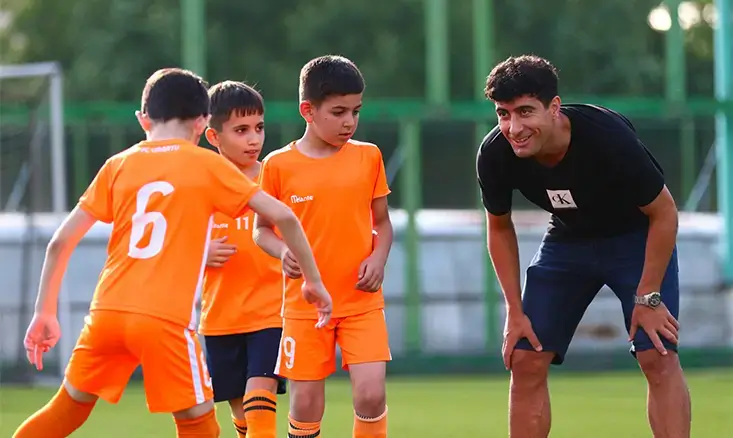
FAQs
What are ECNL players?
What makes an ECNL player stand out in the rankings?
How many ECNL teams are in the US?
What is the history of ECNL?
How many players are in ECNL?

Did you find this useful?


